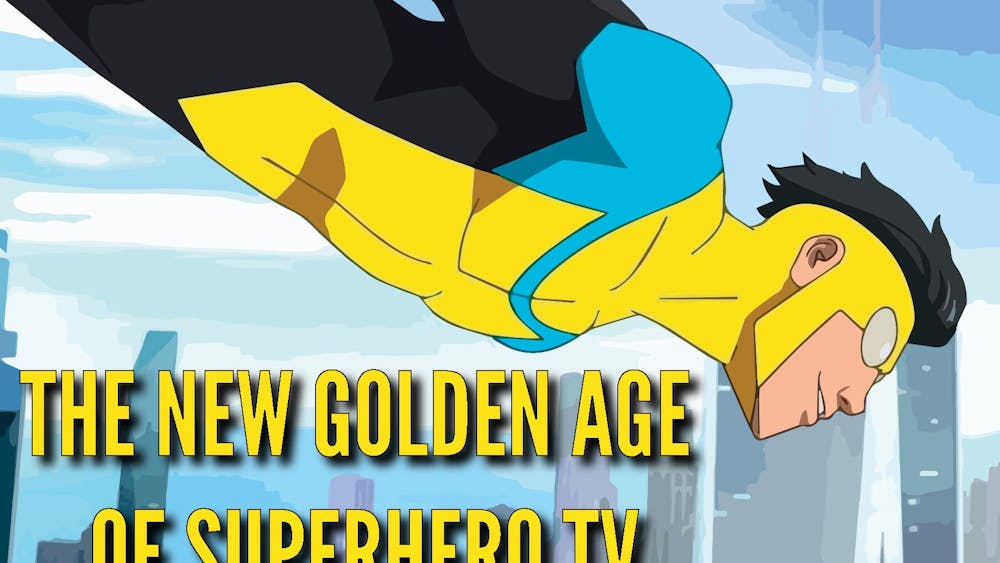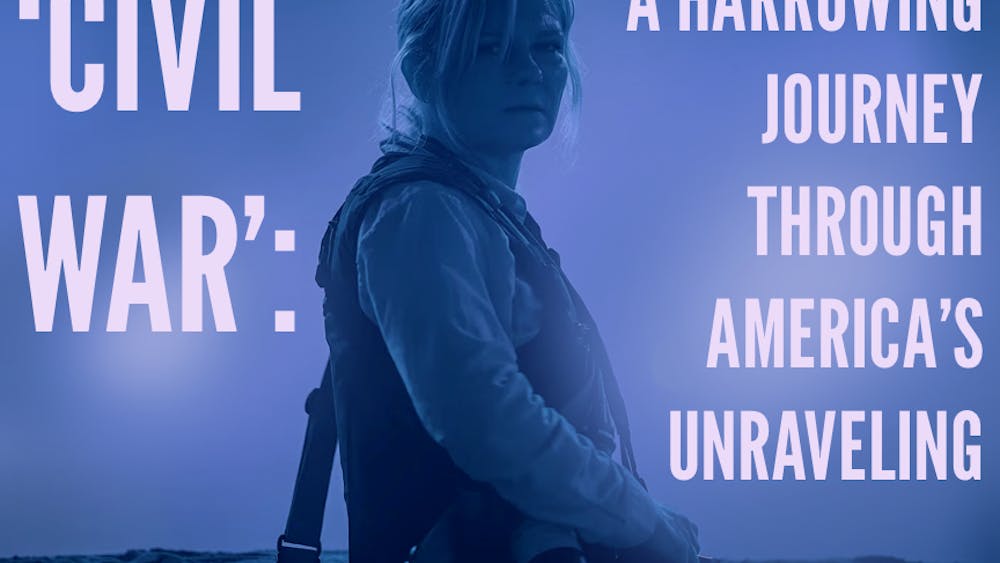
“This [TV show] is dedicated to touching.”
While not technically canon, this (modified) epigraph of sorts from the beginning of Harry Styles’ “Watermelon Sugar” music video is a fairly accurate, albeit surface-level, summation up one of the most oft-discussed television series from the world’s spring quarantine period: Hulu’s “Normal People.”
An adaptation of the 2018 Sally Rooney novel, “Normal People” tells the story of the on-again-off-again romantic relationship between two Irish college students, Connell and Marianne, who meet in high school and later attend Trinity College in Dublin together. The novel takes place over several years, allowing for the relationship to be captured at several stages of the characters’ lives and mentalities.
Rooney’s unique writing style — the novel is written without quotation marks, often blurring the lines between interpersonal and interior dialogue — defies the oft-negative stereotypes associated with young-adult romances, and instead delves into a deep examination of the intimacies of human connection. The television adaptation of the book, which premiered in April starring new-to-the-scene Daisy Edgar-Jones and Paul Mescal as Marianne and Connell, manages to bring this intimacy and interiority to life onscreen in a 12-episode limited series.
The show does so with a quiet passion that is both rare and striking for a show about college students. The chemistry between the main characters has been praised extensively, one critic event suggesting wearing lab goggles is warranted. While the teenage Marianne and Connell don’t communicate effectively with one another, the strong connection the novel’s characters experience also plays out onscreen in the form of pronounced silences and lengthy, intimate scenes.
The series misses some of the awkward fumbling and feelings of the novel — making glances and touches a bit too beautiful — but even that doesn’t take away from its overwhelming sex-positivity. These encounters are essential to development for the central characters as they get to know themselves and each other. Viewers coming from a religious or educational background that frowns upon premarital sex will find the depictions of Marianne and Connell’s physical relationship refreshing. What might be considered taboo for most stories centered around high school and college-aged people is treated as normal in “Normal People.”
While Marianne and Connell’s fractured romance is at the center of the story as a whole, the two also embark on their own personal journeys of self-actualization, in true coming-of-age romance fashion. Marianne experiences horrid mistreatment from her family, especially from her abusive older brother, leaving the viewer (or reader) a fairly obvious connection between this and her series of difficult romantic relationships, including, to some degree, her relationship with Connell, who is not the unflawed love interest Nicholas Sparks might write, especially at the story’s genesis.
In the show’s tenth episode, which, aside from a series of flashbacks, takes place wholly in a therapist’s office, is a bottle episode of sorts where Connell works through the loss of a close friend, normalizing male vulnerability and mental health issues in a way that is not often portrayed on TV. This storyline gives a center-stage to Connell’s depression and anxiety, which up until this point had only been alluded to. Mescal delivers an incredibly emotional and raw performance, likely one of the reasons for his Emmy nomination and making episode 10 a standout for the series. Furthermore, these bildungsroman-type plots allow for the characters to truly grow and develop from immature schoolchildren to fully realized adults capable of being in a loving relationship.
At this point it’s impossible to talk about “Normal People” without also discussing 24-year-old Mescal’s explosion to internet boyfriend status after the show’s release — though, of course, his raw, heart-wrenching and Emmy-nominated performance stands on its own (and not just because of his looks). Still, Mescal’s charm, clout and yes, appearance, have earned him quite a lot of internet fame over the past few months. Pictures of him walking about London wearing a football jacket and incredibly short shorts went viral, sparking think-pieces on “a small man’s big vibe.” An Instagram account dedicated to the chain Connell wears on the show has over 150K followers. Mescal has also been rumored to be dating musician Phoebe Bridgers, whose sophomore album debuted shortly after the height of “Normal People’s” popularity, and recently, he starred in a Rolling Stones music video.
Still, as far as “Normal People” goes, Mescal’s presence in the tabloids pales in comparison to his performance onscreen — and the same goes for Edgar-Jones, an equally gorgeous, charismatic and talented figure who surely has a long career ahead of her.
The timing of the Hulu series is an undeniable contributor to its relevance. Released in the spring when coronavirus stay-at-home orders were widespread and seemingly endless, “Normal People” offered a look at a life filled with human connection — and touch. While the relationship on which the series is focused might not have been uncommon for young people last winter, seeing it onscreen when normal people were isolated made it all the more poignant. Marianne and Connell’s relationship can justifiably be called problematic — especially towards the beginning — but it also demonstrates a vulnerability easily forgotten among the stresses of daily pandemic life. The genuine human connection — and crowded schools and bars — in the show now feels like a relic from a time much earlier than this decade, when the events are set.
While we won’t spoil the ending for you, it’s not the happily-ever-after that is cloyingly characteristic of young-adult novels. Instead, the conclusion lives up to its name –– this is a story about “normal people,” and the sad truth is that in real life, not all relationships are granted a fairytale ending. Instead, Connell and Marianne are proof of the way that some people leave an indelible mark on each other’s lives and the simultaneous sadnesses and joys that characterize the human experience.
There’s nothing more universal than that.
Editor's Note: A former version of this story incorrectly stated that the series had 10 episodes instead of 12 and incorrectly cited an episode. The Observer regrets this error.













